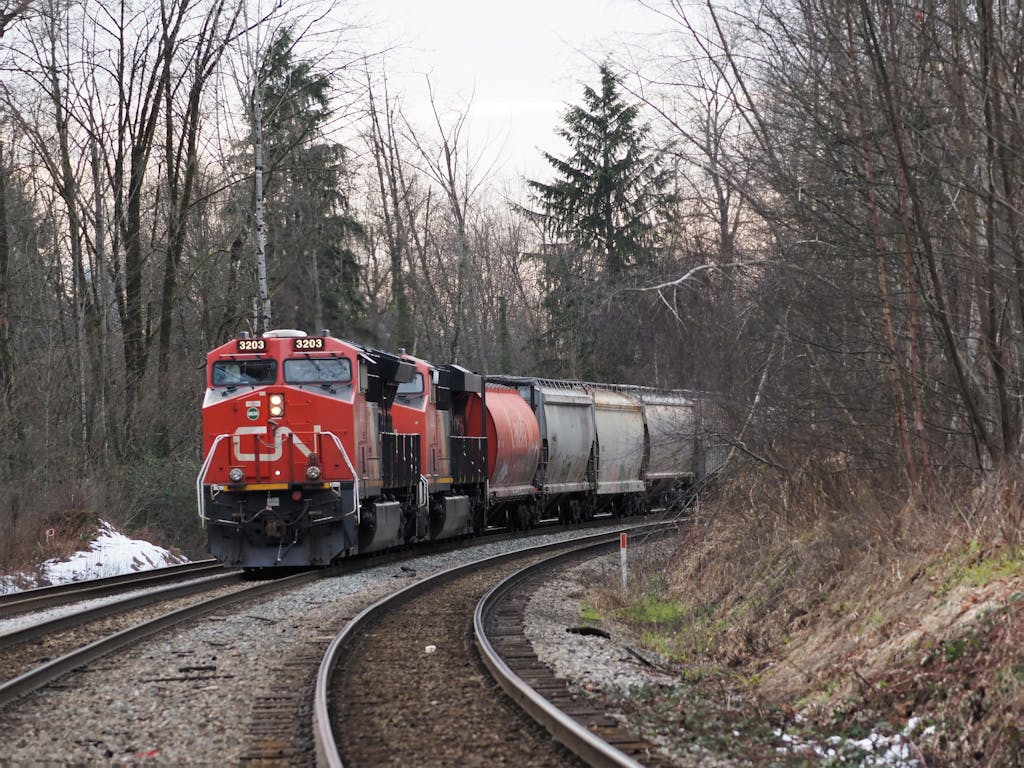Over the years, I’ve had many discussions, sometimes heated, with farming family members and other acquaintances about the changing methods and practices in the industry. It’s amazing how much resistance to change there can sometimes be.
I farm in southwest Saskatchewan where for decades durum was king. Discussions weren’t about what you were going to seed. Only the variety of durum was in question.
Durum one year, summerfallow the next. You disced, cultivated or rod weeded four or five times a season to control weeds, but you were cognizant of the importance of preserving trash cover to minimize wind erosion.
The opposition to alternative crops was intense. “Durum grows best on my farm,” said many farmers who had never really grown anything else.
I remember being asked at a New Years Eve gathering why the hell I was trying to grow lentils. By then, farmers were having success with lentils in other regions, but they were still new and troublesome in our local area.
Having to inoculate the seed was considered a major imposition. Most swathers were ill-suited to cutting lentils and chemical desiccation was considered too expensive.
Some growers seemed to consider it a God given right to grow only durum and still make money.
Many of the same farmers who questioned the sanity of lentils now have them as a major crop. What’s more, summerfallow has all but disappeared.
Tillage to control weeds gave way to glyphosate as its price came down. And with pulse crops like peas and lentils in the rotation, chem fallow gradually gave way to continuous cropping.
Many producers back in the day believed you couldn’t farm without fallow. The soil needed a rest and there just wasn’t enough rain to grow a crop every year. How attitudes have changed.
The first air seeders featured a lot of plugged runs and poor depth control. Technology quickly improved as air drills replaced air seeders and producers realized that you didn’t have to till the soil to seed a crop.
In the days when durum was king, so was swathing. According to prevailing wisdom, waiting for the crop to fully ripen so you could straight cut would never be viable. Besides, a lot of producers had pull type combines that could only accommodate a pickup header.
When Case IH quite building pull type combines, the writing was on the wall. That was the end of the pull type era. Today, it’s rare to see a cereal crop being swathed.
The adoption of GPS guidance occurred with amazing speed as compared to previous changes. Auto steer was demonstrated at farm shows for a while before units were commercially available.
“It’ll be a cold day in hell when I can’t steer my own tractor, sprayer and combine,” lamented unconvinced producers. But the straight lines in fields and the ease of operation soon won converts. In the matter of a few short years, practically everyone had adopted guidance systems.
Maybe I’m getting old and obstinate like those who belittled the developments that are now mainstream, but I have trouble with some of the agricultural concepts being promoted these days.
Some bio-stimulant products may find a place in prairie agriculture, but with all the fancy claims and snake oil products on the market, I remain wary. Let’s see objective third party data.
I don’t know what regenerative agriculture actually means. The same applies when trying to define sustainability. Governments use these terms, but I don’t think they have good definitions either.
I understand the theory of precision agriculture and variable rate applications. I think it’s the future, but it’s taking a long time to develop economically viable approaches. The vast majority of farmers are still watching from the sidelines or just dabbling with the practice.
I really try to not be a curmudgeon poopooing new developments, but on some of this stuff, I think the jury is still out.



